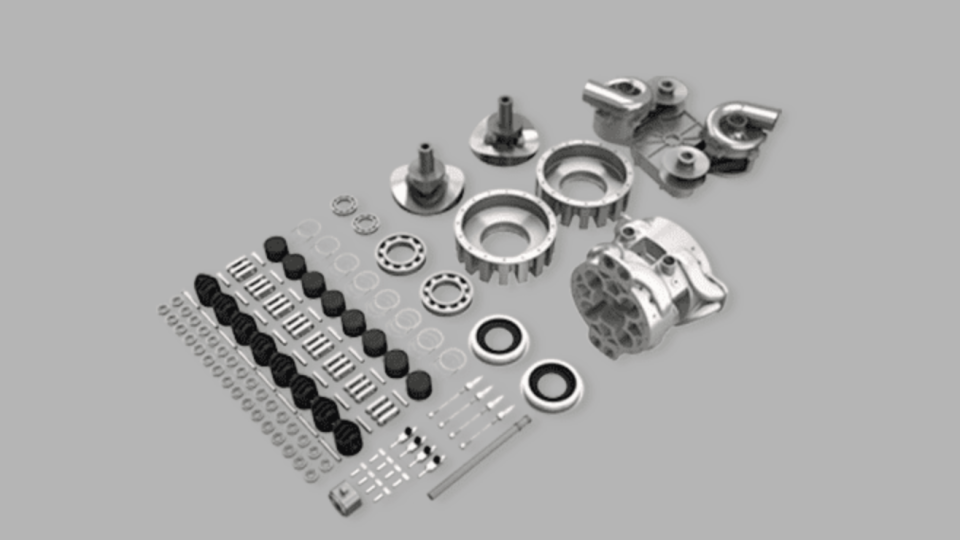The Light and Compact INNengine e-REX Could Be the EV Range Extender of the Future

From the December 2023 issue of Car and Driver.
It’s a bit counterintuitive, but the Spanish company INNengine is making the case that the electric car may very well spur massive innovations in the internal combustion engine. The Granada-based business is parading a clever two-stroke engine concept. It calls the operating cycle one stroke, incorrect messaging intended to create distance from the stigma of the two-stroke engines that power chain saws and Weedwackers. The design places the cylinders in a rotary array, not unlike the chambers in a revolver. The company is pitching the engine to the automotive and aerospace industries, dubbing the units it has developed for each the e-REX and the REX-B, respectively. As the former’s name implies, INNengine sees the four-cylinder, eight-piston engine serving as a range extender (hence REX) that complements a vehicle’s battery-electric (the “e” in e-REX) powertrain. The 700-cc e-REX is tiny, measuring about 16 inches long and 10 inches in diameter and weighing under 90 pounds. With its compact size and limited mass, it theoretically ought to have little effect on vehicle packaging, allowing for a smaller and lighter battery pack while ensuring plentiful driving range.
That said, INNengine is not the first company to develop an imaginative internal combustion engine, and it likely won’t be the last. Of those that came before, hardly any have survived the trials of durability, emissions, and fuel-efficiency testing.
Each cylinder chamber includes two pistons that mirror each other’s motions. In a manner similar to a rotary air-conditioner compressor, the pistons push against a thrust plate mounted at each end. Whereas an A/C compressor’s pistons move up and down once per revolution, though, the ones in the e-REX do so twice per revolution.

INNengine routes the ports for air intake and exhaust, as well as the tips of the spark plugs and direct fuel injectors, through the sides of the cylinder walls. As the two opposing pistons move away from the combustion chamber on the power stroke, one piston uncovers the exhaust ports near the bottom of its stroke while, slightly later, the other uncovers the intake port. The earlier opening of the exhaust port allows the high-pressure exhaust gases in the cylinder to blow into the exhaust manifold before the intake port opens.
Engine balance should be excellent with sets of opposed pistons moving in and out at the same time. INNengine designed the e-REX with the ability to shift its two thrust plates slightly out of phase. This effectively alters combustion volume and allows the engine to vary its compression ratio. Such a setup is liable to cause a slight imbalance, but a variable compression ratio could make boost pressure from a turbocharger easier to accommodate.

With no valvetrain, there are far fewer moving parts than in a typical four-stroke engine. INNengine also claims greater efficiency thanks to the lack of heat loss from a cylinder head. That said, the friction of the pistons’ rollers pressing against the rotating thrust plates ought to largely equal that of a conventional engine’s rod and crankshaft.
You Might Also Like

 Yahoo Autos
Yahoo Autos 